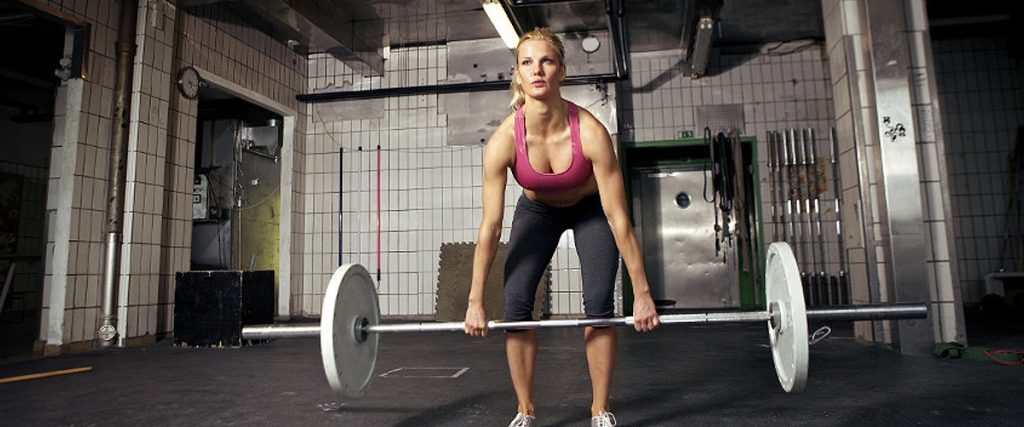When Exercise Isn’t Enough
FRIDAY, OCTOBER 10, 2014 By: ERIN BERESINI Face it, most of us aren’t complete athletes. We lack the strength to make us fit, and we follow cultlike exercise programs. But there is a cure: Listen to renegade coach Mark Rippetoe, grab a barbell, and get back to basics. Mark Rippetoe believes the $27 billion fitness industry is confusing you. Worst of all, they’re doing it on purpose to nab your cash. The man doesn’t have a degree in exercise physiology or a PhD after his name. Instead, the owner of Wichita Falls Athletic Club in Texas has more than 35 years of experience training weight lifters and their coaches. In 2009, he cut ties with CrossFit after developing the company’s barbell program and became the first coach to give up his National Strength and Conditioning Association credential—which is why you’ve likely heard his name. The reason he left is surprisingly simple and immediately appealing: Strength is the core of fitness. Without it, you won’t be a fast roadie, confident MTBer, or strong skier. The problem with most exercise programs, Rippetoe says, is they’re cultlike and single-minded. Sure, the community vibe helps keep you training (and a happy customer), but it’s not going to make you a stronger all-around athlete. “If I’m a yoga instructor, I’ll tell you the most important thing about fitness is flexibility,” Rippetoe says. “If I’m an aerobics instructor, I’ll say it’s cardio. And if I’m CrossFit, I’ll say it’s everything. My position is strength is the basis for all physical interaction in the environment. If you’re not strong, it doesn’t matter how conditioned your heart and lungs are if you can’t get up off the pot.” The way to get strong is simple, Rippetoe says. All it takes is five barbell moves and progressive loading of weight over time. The moves: squats, presses, dead lifts, bench presses, and power cleans. Those exercises will allow the body to move anatomically while making every muscle stronger, even if they’re the only moves you ever do. “One of my pet peeves with the modern approaches to fitness is they vary exercises,” Rippetoe says. “They confuse the whole concept of training and exercise.” Exercise, Rippetoe says, is physical activity. “We do it for the effect if produces today.” Training, on the other hand, is a “process of acquiring physical adaptations that satisfy your physical requirements in the future.” It’s the difference between a daily jogger and someone training for a marathon. The daily jogger has no other goal than feeling good today; the marathoner’s daily runs are targeted toward performing her best on race day. “For most people, exercise is just fine,” Rippetoe says. “But when you decide you want more out of the process, the process must be planned. Each workout becomes important because it fits into the process.” At first, Rippetoe’s distinctions might seem pedantic. And his list of moves are more powerlifter than Outside athlete, but he’s on to something. Few of us are complete athletes. We’re strong on the bike but can’t do a pushup. Or we’re the master of the WOD but can’t run more than a mile. And even fewer of us train for specific events or goals. That combo, then, is what makes his ideas so compelling. Knowing the difference between training and exercise is the key to staying healthy (making exercise a part of your lifestyle), peaking to perform (training with a purpose), and avoiding the injury-causing and money-wasting fitness fads. “Rise above the platitudes of the fitness industry,” Rippetoe says. “Think about what you want and plan to acquire what you want so you can spend your time and money more efficiently.”

